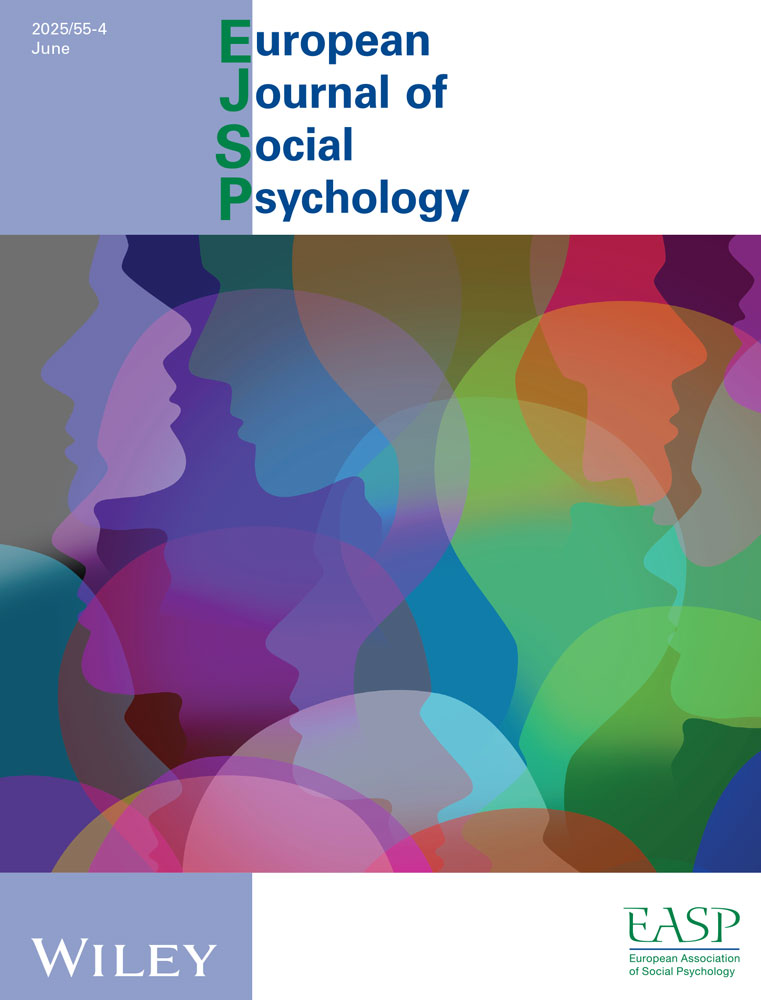Do people avoid sitting next to someone who is facially disfigured?
Abstract
Most psychological research on the social effects of facial appearance has compared ‘normal’ with attractive faces whereas little work has been concerned with the possible differences in reactions to disfigured and ‘normal’ faces. Yet many cranio-facial surgeons wish to know whether their disfigured patients are reporting reality when they complain that members of the public avoid or react negatively to them. This study finds that people travelling on a suburban railway significantly avoided sitting next to someone who appeared to have a facial port-wine stain. It is concluded that facially disfigured people's accounts of avoidant behaviour towards them are probably the results of correct perceptions.




